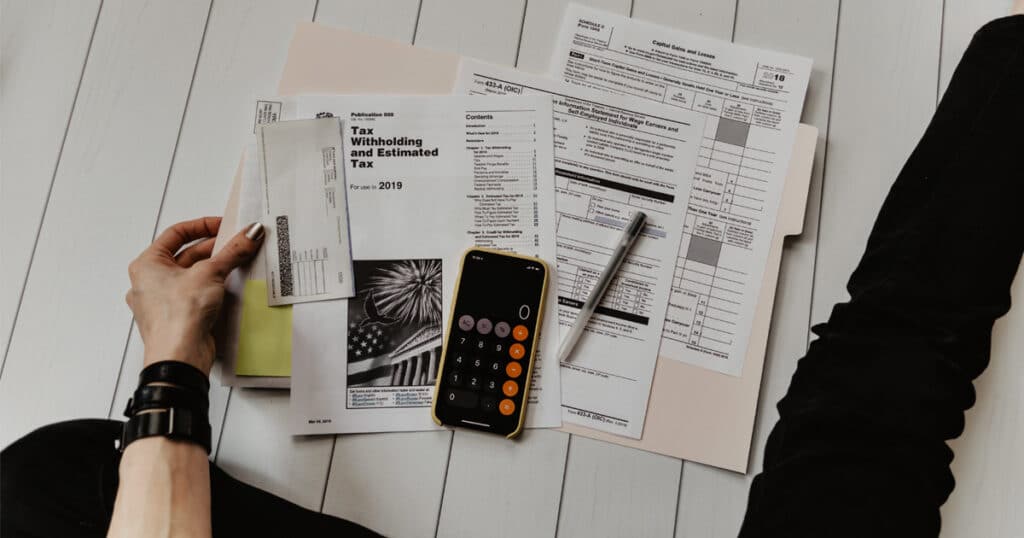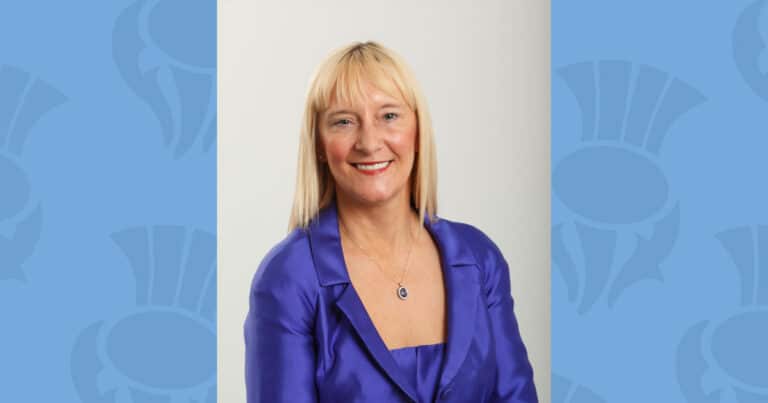Ah, the dreaded budget.
So many of us avoid creating one. It’s scary to write down all of our outgoing expenses and face reality. Sometimes we just hope things magically work out without us directing attention to it.
However, budgeting is a simple process and can be very rewarding. Follow our five steps to creating a budget and you’ll finally face this fear and take control of your financial situation.
1. Determine Your Income
How much income can you expect each month?
Start with your monthly net salary (after tax). If this figure varies each month it’s okay to use an average but remember the more aETArate the better. If you’re self-employed, on Benefits, Child Support or have other income, include these too.
Total all of these as your monthly income amount.
2. Create a List of Monthly Expenses
You can group your expenses into buckets. For example:
Household – rent/salary, council tax
Utilities – water, gas/electric, WiFi
Personal – insurance, childcare, student loan, personal loan, credit card repayments
Transportation – car fuel, car maintenance (MOT, insurance, road tax), public transport tickets/pass, taxi/uber
Groceries – food, drink, toiletries
Entertainment – Netflix, Amazon Prime, Disney+, Spotify
Fun – restaurants, drinks with friends, activities at the weekend, new clothes
Other – anything else you can think of that is a monthly expense for you
Use your bank statements, receipts, and credit card statements from the last three months to identify your spending.
If the expense is not billed monthly, e.g. care insurance paid once a year, then divide this figure by 12 to get your allocation each month for this expense.
3. Calculate the Difference
If your income is higher than your expenses, congratulations. You’re off to a good start. Move onto step four.
However, if your expenses are higher than your income you have a few options – make more money or spend less. The latter is easier to do, so look over your budget and decide which buckets can be reduced, starting with the Fun category.
4. Decide What to Do with Your Savings
Now that you have excess money, how will you use it?
The first place to start could be to pay off any high-interest debt you may have. Next, have a savings goal of reaching £1,000 in your account.
Once you have £1,000 in savings, aim for building an Emergency Fund with three months of expenses in it. This will provide security for you to deal with life’s uncertainties like losing your job or experiencing poor health.
If you’re wanting to buy a home in the future, then you can open another account in your online banking and name it ‘House’ or something similar, and commit to adding money each month. Same thing applies for a wedding, holiday or renovations.
If you’re new to saving, then start off by saving just £15/month with our Instant Access Savings Account.
Once you’ve saved over £5,000 you can enjoy higher interest with our 5% AER 1 Year Term Deposit. This allows you to grow your savings faster by securing them for just 12 months.
5. Track Your Budget
A budget is only useful if you continue to track it once it’s created. Build a habit of checking your budget every week or two to ‘check-in’ and see how well you’re sticking to it.
Put these steps into action and you’ll feel more in control of your finances. First, aim to understand your situation (budget), create a new habit (track), build financial security (Emergency Account), then focus on financial growth (high interest savings account).








